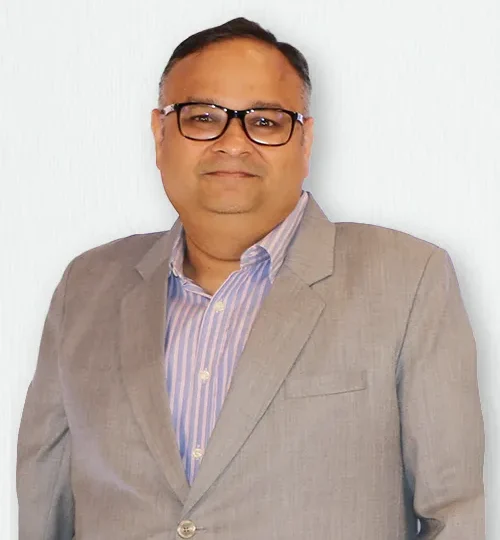Transforming healthcare with technology

Digitization of health records helps to capture relevant information, analyse the information provided, bucket recurring symptoms and raise alarms by predicting a widespread infection.
Smart technology with the help of AI and ML can help in identifying chronic conditions, recommend treatments and measure outcomes.
Healthcare today needs to be affordable, value based for patients, a joy for physicians and impact the larger population. Technology has the power to bring about this change that is much needed
Any healthcare journey has two most important players – the patient and the physicians. The US is driving the quadruple aim agenda for making healthcare better for all. As the name suggests, the agenda focuses on four key areas of improvement for health systems, namely improving population health, reducing cost of care, enhancing patient experience and improving physician satisfaction.
To understand how technology can impact these four quadrants of healthcare we will consider each of these individually.
Improving Population Health
With an aging population needing care for chronic conditions, it is becoming increasingly important for health systems to investigate diseases, infections and conditions that can be mitigated. The recent pandemic has also brought to light the importance of medical and health data on a wider scale. With technology intervention and global data sharing, health systems can be better equipped to forecast such situations thereby creating solutions to arrest these infections from spreading further.
Digitization of health records helps to capture relevant information, analyse the information provided, bucket recurring symptoms and raise alarms by predicting a widespread infection.
Similarly, smart technology with the help of Artificial Intelligence (AI) and Machine Learning (ML) can help in identifying chronic conditions, recommend treatments, measure outcomes that can enable health systems to create risk management reporting. Technology has the ability to interact with systems and data on a global scale, transcending geographical boundaries. It is one of the strongest tools humanity has in solving the many population health challenges.
Reducing Cost of Care
A recent WHO report states that the pandemic has been responsible for pushing more than half a billion people further down into extreme poverty. The primary reason being the cost of care. Governments across the world have been struggling to control the cost of care, it continues to be one of the biggest challenges for both developed and developing countries. We will consider the cost of care specifically from the perspective of how much it actually costs the health systems to deliver the care.
This is where technology can play a pivotal role in reducing the cost by embracing AI led digital transformation pulling out all the stops to digitize its cores with the power of automation and analytics, and capture new value. Health systems can leverage a wide variety of technologies like natural language processing, computer vision and machine learning to provide solutions that reduce cost while improving patient outcomes. Cutting down time and mediators that transport the information of patient records, diagnostic tests, medical history, allergies etc and bringing it to a click of a button is capable of dramatically reducing the cost of care.
Enhancing Patient Experience
As the industry moves towards a patient centric care model, the need for providing a differentiated and superior patient experience across the care continuum. With the current patient becoming more technology savvy, the adoption of virtual care models like telehealth, and remote monitoring is accelerated. This has enabled patients to get care without visiting the health systems and waiting in a long queue. Patient portals and electrification of patient records has digitized care pathways and made information available to provide coordinated care with reduced patient burden. Smart devices and Software as Medical devices (SaMD) with data hosted on cloud allows patient, caregiver and family members to continuously monitor patient vitals, view progress and take appropriate action to improve health.
Improving Physician Satisfaction
In recent years, physician burnout has become a serious problem due to skill shortage, pandemic and numerous administrative processes reducing patient-physician time. This has a direct impact on patient care and physician well-being. Physician abrasion, a leading cause of concern for health systems in the US, is negatively impacting revenue collection for health systems.
Recent technology interventions such as intelligent physician enablement platforms have helped health systems solve these two looming challenges to effectively manage physician’s schedules, view patient records and coordinate with other physicians to make care decisions quickly. Some health systems have started adopting AR/VR techniques to simulate procedures and get trained on new devices that can be used. The administrative burden is reduced through intelligent automation and digitization of processes such as patient visit summary, patient discharge, billing and claim submission etc.
As in most aspects of new-age life, technology is essential to bolster healthcare delivery. The overall improvement in care delivery, whether it is the Social Determinants of Health (SDOH), risk management, or practice care management, hinges on fast and proficient adoption of technology. It is notable that many healthcare organizations are on their way to make this transformation towards making healthcare affordable, value based for patients, a seamless experience for physicians and impact the larger population.

Gaurav Jain
Senior Vice President, Clinical Support Solutions, IKS Health


